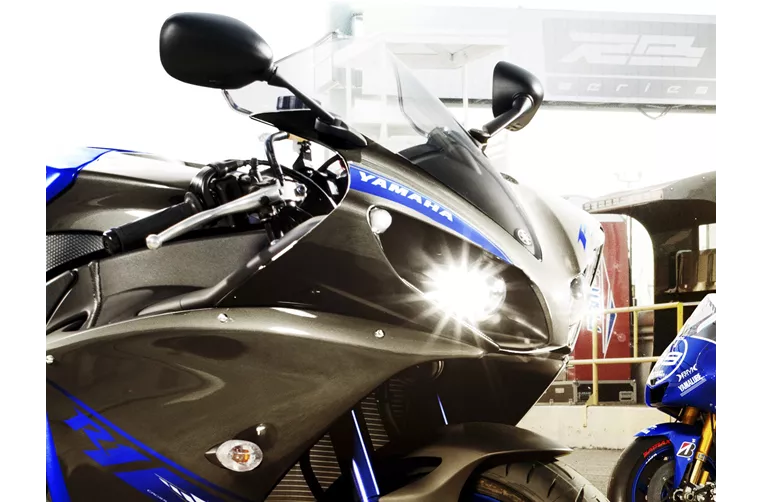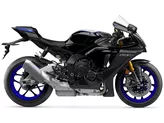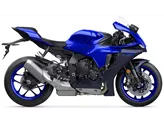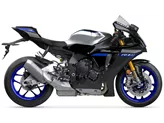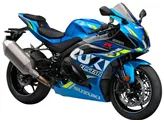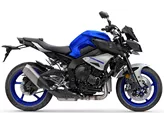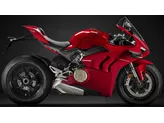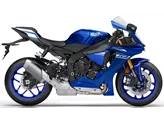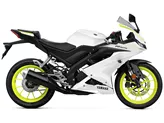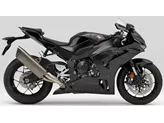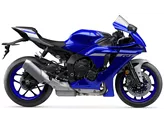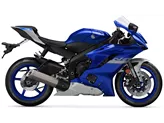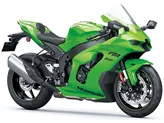Kawasaki Ninja ZX-10R 2016 vs. Yamaha R1 2014
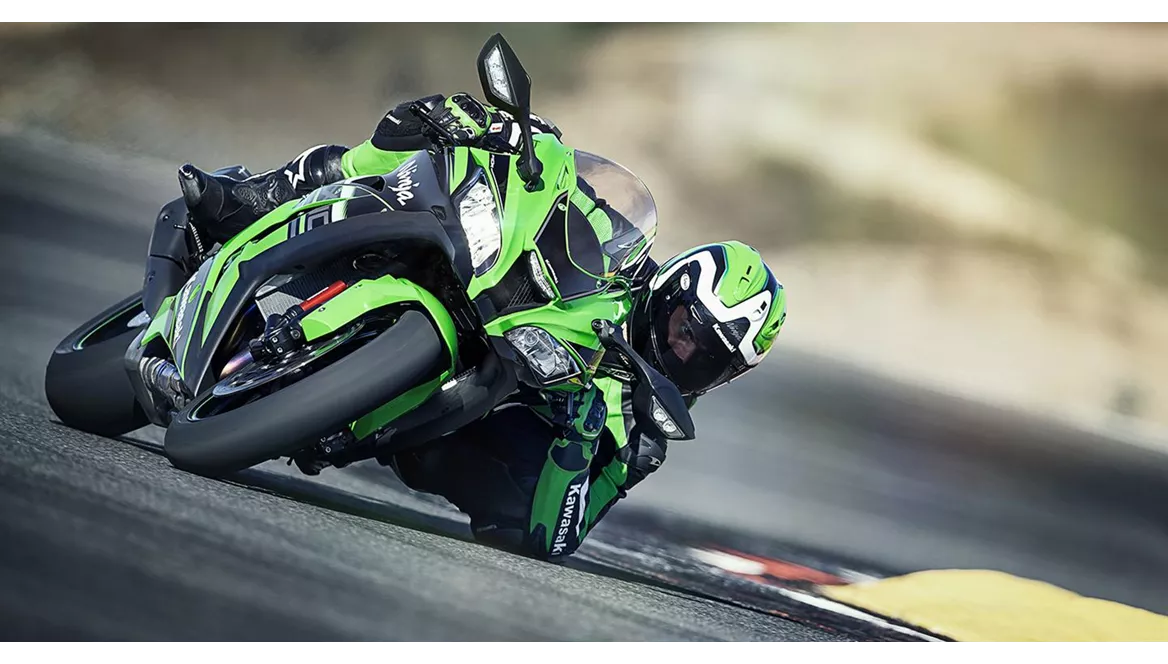
Kawasaki Ninja ZX-10R 2016

Yamaha R1 2014
Vue d’ensemble - Kawasaki Ninja ZX-10R 2016 vs Yamaha R1 2014
The Kawasaki Ninja ZX-10R 2016 and the Yamaha R1 2014 are both powerful and high-performance supersport motorcycles. While they have some similarities in terms of engine specifications, chassis, and suspension, there are also notable differences between the two models.
In terms of engine specifications, the Kawasaki Ninja ZX-10R 2016 has a bore of 76 mm and a stroke of 55 mm, while the Yamaha R1 2014 has a slightly larger bore of 78 mm and a shorter stroke of 52.2 mm. The Kawasaki Ninja ZX-10R 2016 has a higher engine power of 200.1 HP compared to the Yamaha R1 2014's 182 HP. However, the Yamaha R1 2014 has a slightly higher torque of 115.5 Nm compared to the Kawasaki Ninja ZX-10R 2016's 114.3 Nm. Both motorcycles have 4 cylinders and a displacement of 998 ccm.
In terms of suspension, both motorcycles feature upside-down telescopic forks in the front. This provides excellent stability and control during high-speed riding and cornering. The chassis of both motorcycles is made of aluminum, which is lightweight and provides good rigidity.
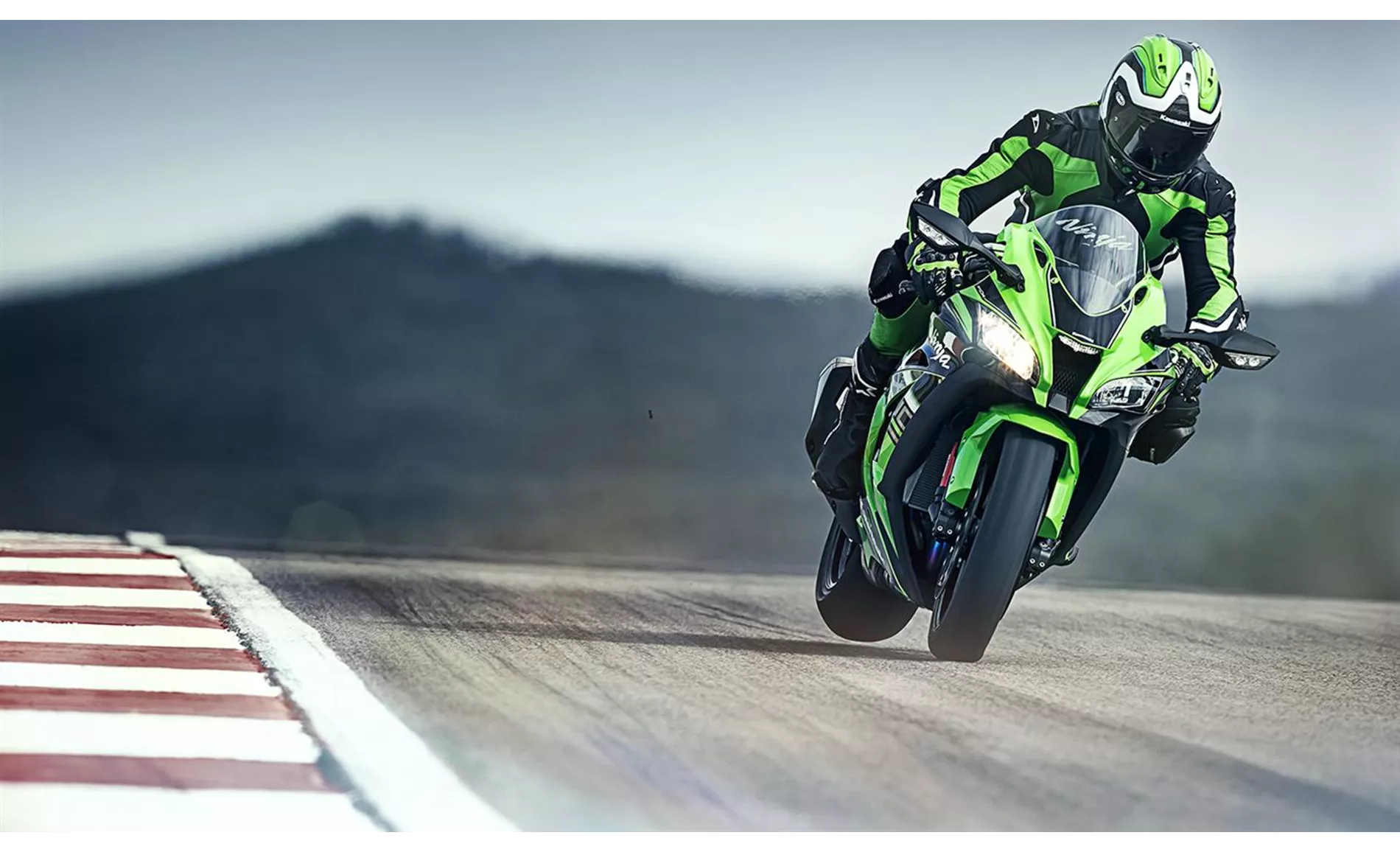
Kawasaki Ninja ZX-10R 2016
Both motorcycles also have double disk brakes in the front, which offer excellent stopping power. This is crucial for high-performance motorcycles like these, as they require precise and powerful braking capabilities.
In terms of dimensions and weights, both motorcycles have the same front tire width of 120 mm and front tire diameter of 17 inches. They also have the same rear tire width of 190 mm and rear tire diameter of 17 inches. The wheelbase is also the same for both models at 1415 mm. However, there are slight differences in seat height and weight. The Yamaha R1 2014 has a higher seat height of 835 mm compared to the Kawasaki Ninja ZX-10R 2016's 813 mm. The Yamaha R1 2014 also has a slightly higher kerb weight of 206 kg compared to the Kawasaki Ninja ZX-10R 2016's 198 kg. Both motorcycles have a fuel tank capacity of 17 liters for the Kawasaki Ninja ZX-10R 2016 and 18 liters for the Yamaha R1 2014.
In terms of strengths, the Kawasaki Ninja ZX-10R 2016 has a great chassis geometry and high-quality chassis components, which contribute to its excellent handling and stability. It also has very good brakes, providing strong and reliable stopping power. Additionally, the Kawasaki Ninja ZX-10R 2016 comes with a wide range of electronics, including traction control, power modes, and quickshifter, which enhance the riding experience.

Yamaha R1 2014
On the other hand, the Yamaha R1 2014 is known for its agility and nimble handling. It also has strong brakes and a good chassis, which contribute to its excellent performance on the track. The Yamaha R1 2014 is also unique and exclusive due to its idiosyncratic engine, which sets it apart from other motorcycles in its class.
In terms of weaknesses, the Kawasaki Ninja ZX-10R 2016 has a cockpit that may not be optimal for readability, which could be a disadvantage for riders who rely heavily on the instrument panel for information. On the other hand, the Yamaha R1 2014's appearance, with its wide tail, may not satisfy all tastes and preferences.
In conclusion, both the Kawasaki Ninja ZX-10R 2016 and the Yamaha R1 2014 are high-performance supersport motorcycles with their own strengths and weaknesses. The Kawasaki Ninja ZX-10R 2016 excels in its chassis geometry, high-quality components, and electronics, while the Yamaha R1 2014 stands out for its agility, strong brakes, and unique engine. Ultimately, the choice between the two models will depend on the rider's personal preferences and priorities.
Caractéristiques techniques Kawasaki Ninja ZX-10R 2016 par rapport à Yamaha R1 2014
Avantages et inconvénients en comparaison
Avantages et inconvénients en comparaison
Kawasaki Ninja ZX-10R 2016
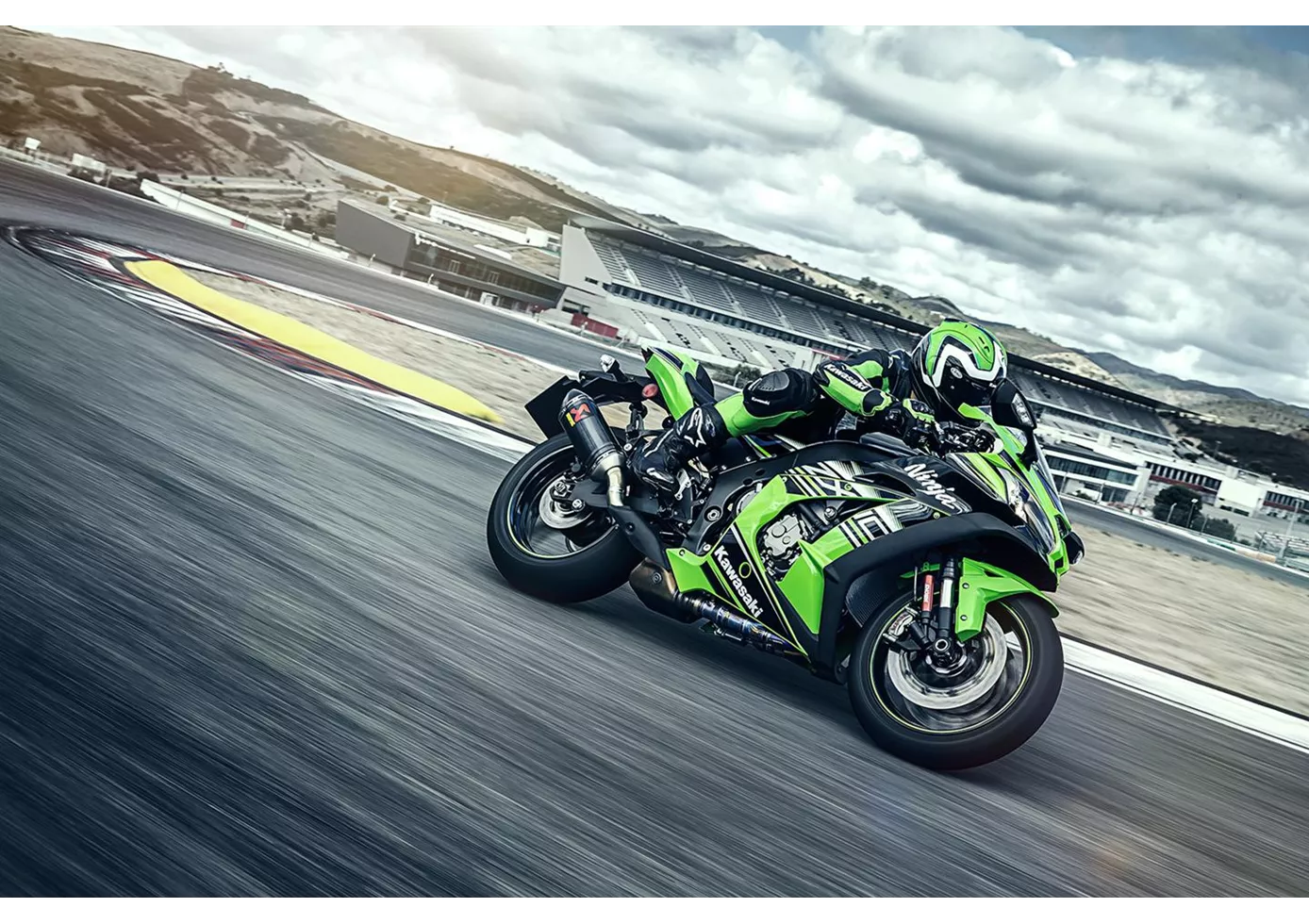
La ZX-10R Ninja a une certaine majesté, lors du premier roulage elle semble très stable, il faut la forcer un peu dans le rayon. Mais après quelques tours, cet effet se transforme en une incroyable précision qui permet de suivre une ligne bien ciblée. Le moteur est maintenant vraiment devenu sensiblement plus puissant et fait de la Kawa un énorme paquet global qui ne peut pas seulement plaire aux fans inconditionnels de Kawasaki. Le contrôle de traction se distingue de manière particulièrement positive sur la Kawa, il régule de manière très sensible. On peut même régler le frein moteur - elle ne manque donc certainement pas de fonctionnalités électroniques. La ZX-10R est la seule Superbike à être compatible avec la norme Euro4 dès 2016 !
Yamaha R1 2014
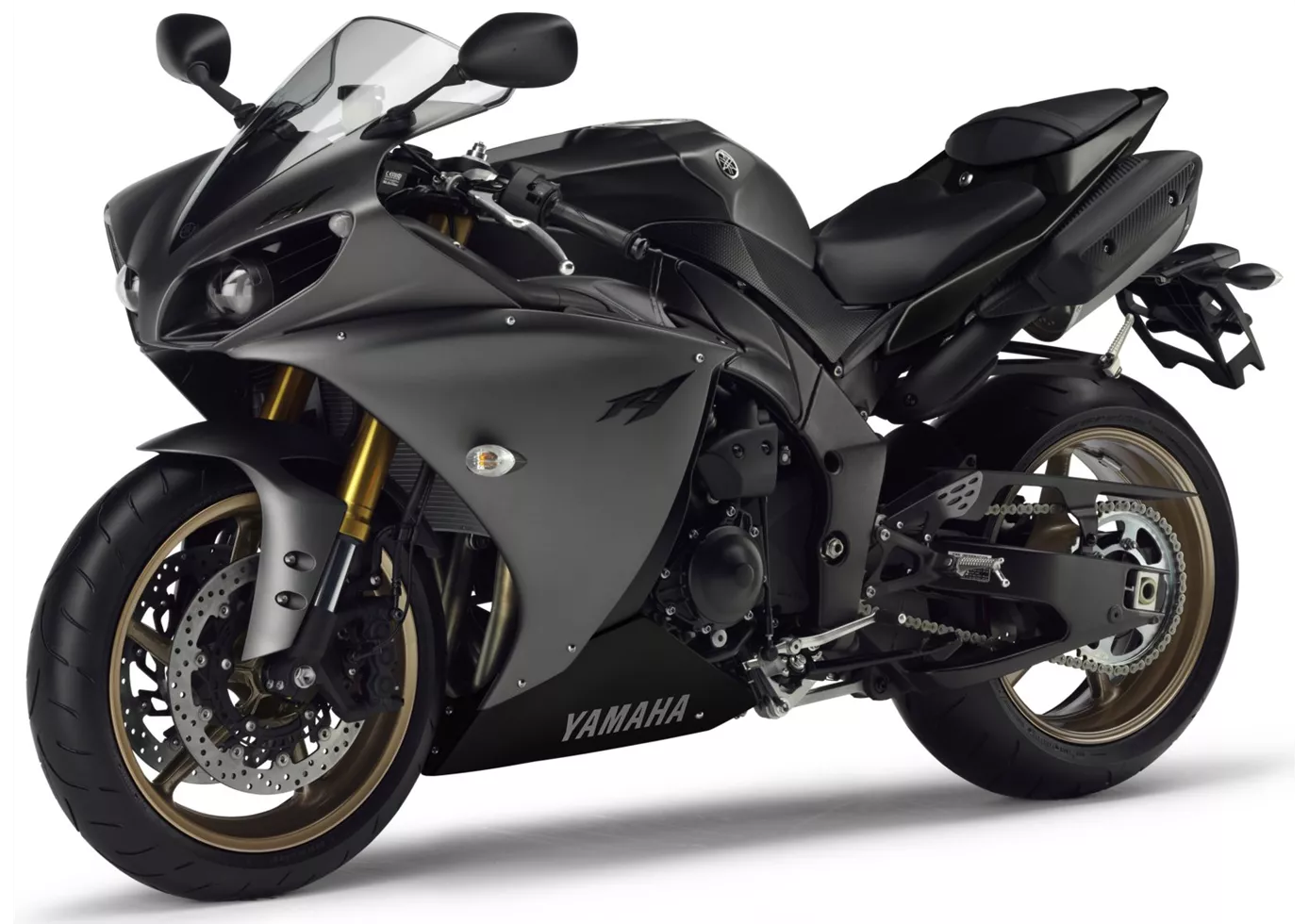
La Yamaha YZF-R1 continue d'enthousiasmer par ses performances équilibrées - le moteur 1000 en particulier, avec son décalage extravagant des pivots de course, ne sert pas seulement à déployer une puissance énorme, mais assure également un son magnifique !
Comparaison des prix Prix moyen du marché Kawasaki Ninja ZX-10R vs Yamaha R1
There are a few key differences between a Kawasaki Ninja ZX-10R 2016 and a Yamaha R1 2014. There are the same number of bikes of both models available on the 1000PS.de marketplace, specifically 4. It takes less time to sell a Yamaha R1 with 74 days compared to 100 days for the Kawasaki Ninja ZX-10R. Since model year 2005 1000PS.de editors have written 51 reviews for the Kawasaki Ninja ZX-10R and 80 reviews for the Yamaha R1 since model year 2005. The first review for the Kawasaki Ninja ZX-10R was published on 1/11/2004 and now has more than 2,900 views. This compares to more than 3,900 views for the first review on Yamaha R1 published on 4/28/2003.

